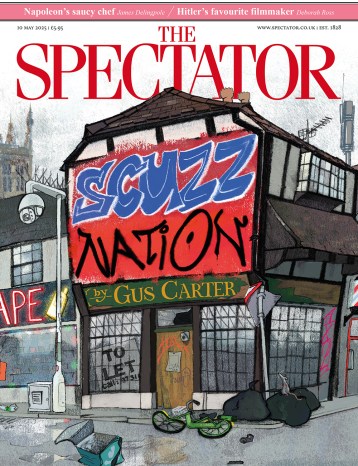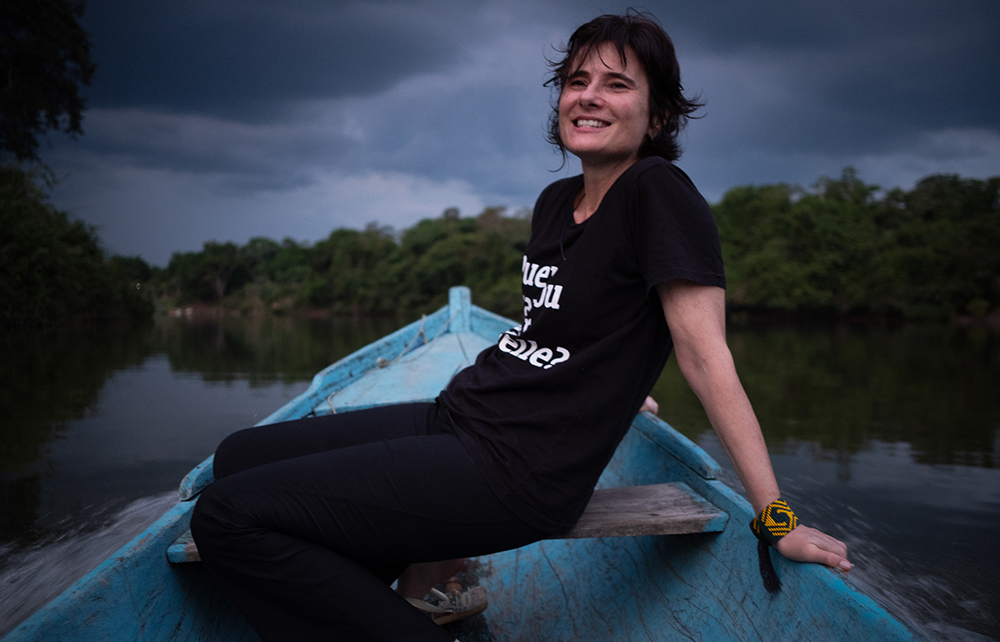The Amazon is a notoriously difficult part of the world to write about – and I’ve tried. Travelling the river’s slow length, it can be hard to make sense of any changes beneath the forest canopy or to link its disparate communities.
The Brazilian writer Eliane Brum succeeds triumphantly. Acclaimed for her previous ‘despatches from Brazil’, appealingly titled The Collector of Leftover Souls, she moved from São Paulo, one of the largest cities of the Americas, to the isolated Xingu tributary to embed herself completely.

Disagree with half of it, enjoy reading all of it
TRY A MONTH FREE
Our magazine articles are for subscribers only. Try a month of Britain’s best writing, absolutely free.
Already a subscriber? Log in






Comments
Join the debate, free for a month
Be part of the conversation with other Spectator readers by getting your first month free.
UNLOCK ACCESS Try a month freeAlready a subscriber? Log in